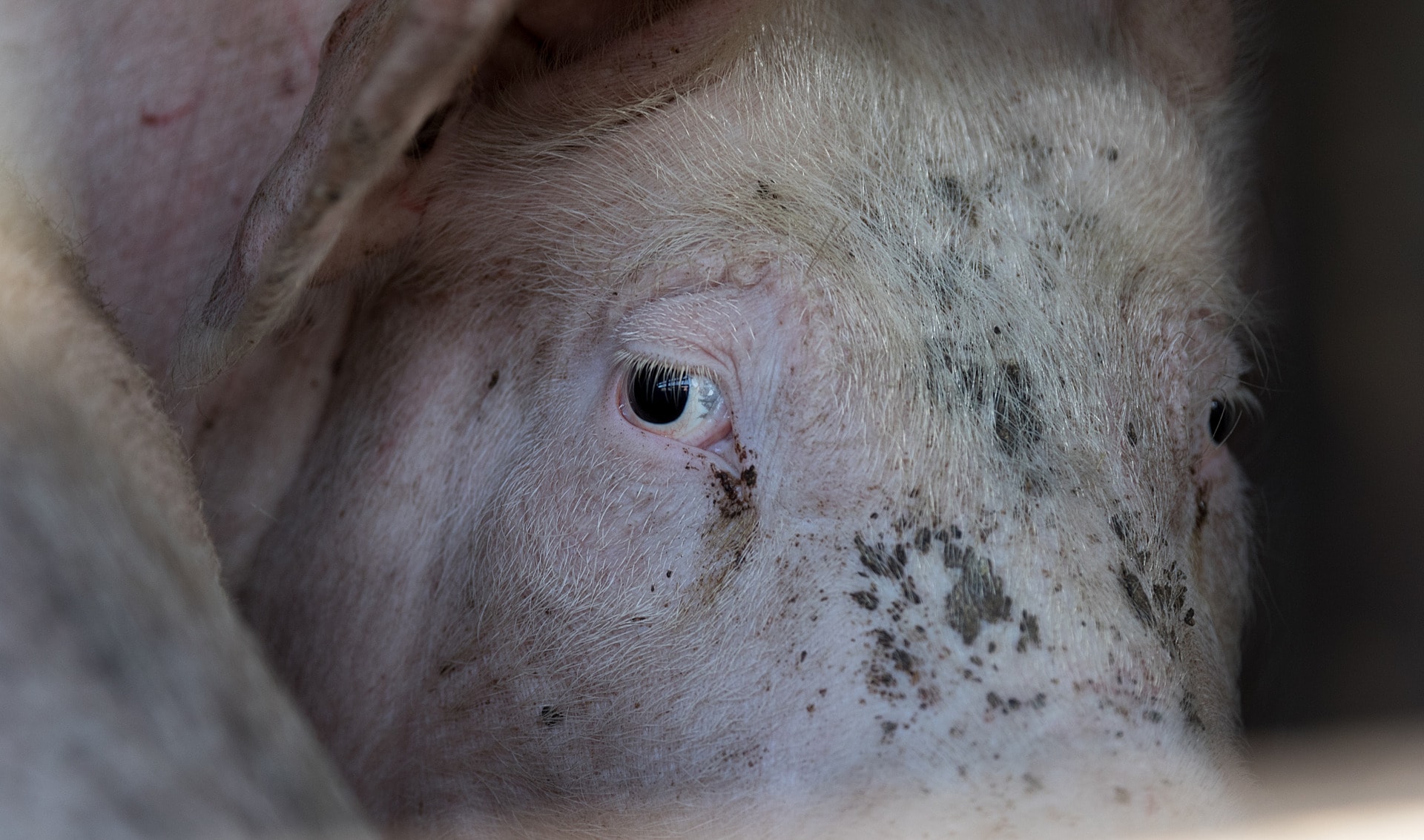Bioethics is not a topic commonly associated with Presidential administrations and the President’s legacy. But in fact, in addition to their day-to-day responsibilities which can often involve health, science, and technology policy, for decades, Presidents have appointed special commissions to help them tackle bioethical issues that arise during their tenure. President Barack Obama will leave behind a distinguished legacy of accomplishments in bioethics, including a Commission that produced ten reports and over a hundred recommendations on a diverse set of issues that impact the stakeholders of all kinds. Additionally, President Obama made bioethical decisions throughout his eight years in office—when he affirmed that, “In the United States of America, health care is not a privilege for the fortunate few –it is a right,” and worked tirelessly to enact the Affordable Care Act; when he urged continued research to develop a Zika vaccine and emphasized, “But that requires research money. And in order for a vaccine to be widely available it has to be tested to make sure it’s safe; it has to be tested to make sure that it is effective;” and when he launched his bold Precision Medicine Initiative, and said, “we’re going to make sure that protecting patient privacy is built into our efforts from day one.” In each one of these pivotal decisions, he drew on bioethical principles that span decades.
Let’s take a look at some of the bioethical issues President Obama tackled during his Presidency.
When President Obama chartered his Presidential Commission for the Study of Bioethical Issues in 2009, by signing an Executive Order authorizing the appointment of 13 experts in a variety of disciplines, he could not have predicted what a diverse portfolio the Commission would confront.
As the Commission was convened, the media announced that a scientist had “created life” when he engineered the world’s first self-replicating synthetic genome. The Bioethics Commission held its first meeting to discuss the issue of synthetic biology. In this first report, New Directions, the Bioethics Commission set forth a rubric for bioethical reasoning that it would use in the next nine reports it published over the course of the following six years.
Related article: “PRESIDENTIAL BIOETHICS: VALUING PRODUCT AND PROCESS“
Then, another unexpected revelation surfaced. A historian discovered that in the 1940s, United States government employees had conducted horrifying, unethical experiments on the people of Guatemala, injecting sexually transmitted infections into individuals without their consent. President Obama issued an apology to the nation and people of Guatemala, and asked the Bioethics Commission to tackle its next topic in two parts: First, explore what happened in Guatemala, and second, reassure the Administration that such atrocities could never happen again under the law. The Bioethics Commission answered this charge in “Ethically Impossible” and Moral Science, conducting a unique and exhaustive review of current regulations and practices.
 In the Photo: A representation of DNA Photo Credit: Flickr/Andy Leppard
In the Photo: A representation of DNA Photo Credit: Flickr/Andy Leppard
In 2011, the Bioethics Commission decided to take up another issue—privacy and whole genome sequencing. As the cost of genomic sequencing was decreasing and becoming more widespread, the Commission wanted to issue some recommendations about how to continue to advance this promising science, while ensuring the privacy of the individuals who donate their DNA to the greater good.
In the midst of deliberating about that issue, then-Secretary of Health Kathleen Sebelius issued an important charge—should we begin to test the anthrax vaccine in children, in case of a bioterrorist attack? The Commission deliberated this nuanced and complex issue for a year, before it issued its Safeguarding Children report, explaining how to responsibly protect children from research risks and from potential terror attacks. Next, the Bioethics Commission took on the topic of discovering and returning surprising findings in doctors’ offices, research studies, and online health information companies in its comprehensive Anticipate and Communicate report.
In 2013, President Obama announced his BRAIN—Brain Research through Advancing Innovative Neurotechnologies—Initiative: a bold plan to map the human brain and direct millions of dollars towards neuroscience research. He asked the Bioethics Commission to conduct an ethical analysis of contemporary neuroscience, to accompany the Initiative. So the Commission released the first volume of its report—and that’s when the Ebola epidemic of 2014 hit West Africa. The Bioethics Commission deliberated about the ethical issues surrounding the Ebola epidemic, including quarantine, and issued a report on that topic. Then, later in 2015, the Commission released its second volume on neuroscience, tackling issues of brain evidence in the courtroom, and cognitive enhancing drugs like amphetamines.
To cap off and highlight the breadth and depth of its work, the Bioethics Commission released one more report in 2016, describing how they sought to enhance ethics education through their work, and the process of careful, reasoned deliberation that led to the nuanced recommendations they issued during their tenure. This report urged future commissions to use this method of deliberation, which emphasizes mutual respect and justification for opinions, to work to solve complex issues in health, science, and technology policy.
As we look toward the future, we should urge President-elect Trump to convene a bioethics commission, as his predecessors did, to help tackle some of the challenging issues that are likely to arise during his Presidency. President Obama’s Bioethics Commission was a beacon of productive, reasoned discourse that can serve as an example for how tough issues should be tackled in Washington, DC and in communities across our country.
Recommended reading: “BIOEDGE: SHOULD PSYCHIATRISTS TELL VOTERS WHAT THEY THINK ABOUT TRUMP“
















